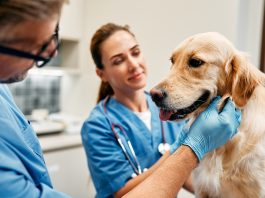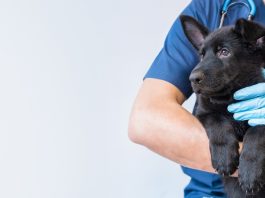The Food and Agriculture Organization of the United Nations (FAO) and the World Organisation for Animal Health (WOAH) have introduced a new ten-year strategy aimed at preventing and controlling high pathogenicity avian influenza (HPAI).
The Global Strategy for the Prevention and Control of High Pathogenicity Avian Influenza (2024–2033) replaces the 2008 framework, setting a new course for global efforts to curb this highly infectious disease.
Understanding high pathogenicity avian influenza
High pathogenicity avian influenza is a severe and highly contagious disease affecting domestic and wild birds, especially poultry.
It’s caused by specific subtypes of the influenza A virus, most notably some, but not all, viruses of the H5 and H7 subtypes. It’s crucial to understand that while these subtypes are commonly associated with HPAI, not all H5 and H7 viruses are highly pathogenic.
The designation of “highly pathogenic” depends on specific genetic characteristics of the virus. HPAI leads to high mortality rates in infected birds, causing substantial economic losses in the poultry industry due to bird deaths, trade restrictions, and the significant costs associated with disease control measures.
While rare, some HPAI strains also have zoonotic potential, meaning they can infect humans, raising concerns about potential, though unlikely, pandemics. Human infections, while infrequent, can be serious.
Effective control and surveillance of HPAI are essential to mitigating its impact on food security, public health, and biodiversity.
A comprehensive approach to disease control
Developed under the Global Framework for the Progressive Control of Transboundary Animal Diseases (GF-TADs), the updated strategy takes a systems-based approach to managing HPAI.
It not only focuses on preventing outbreaks within poultry populations but also considers the disease’s impact on food security, environmental sustainability, and global public health.
The strategy’s overarching goal is to establish effective prevention and control measures across the poultry industry, safeguarding domestic animals, wildlife, and ecosystems while ensuring human health remains protected.
By aligning with global efforts to create more sustainable agri-food systems, the initiative aims to reduce the risk of widespread outbreaks and their associated consequences.
Key priorities of the strategy
To address the persistent threat of HPAI, the new strategy outlines five primary areas of focus:
- Enhanced biosecurity measures – Strengthening disease prevention tactics to limit virus transmission and outbreak severity.
- Advanced surveillance systems – Improving detection and monitoring of the H5Nx goose/Guangdong (Gs/GD) lineage to track the disease more efficiently.
- Resilient poultry production – Encouraging sustainable transformations in poultry farming to withstand disease pressures.
- One Health approach – Fostering cross-sector collaboration between veterinary, environmental, and public health experts.
- Stakeholder engagement – Mobilising public and private sector cooperation to ensure a unified global response.
Governments, international organisations, and industry stakeholders are urged to commit to these objectives, ensuring the strategy’s success over the next decade.
Webinar to highlight strategy
To officially introduce the strategy and encourage global participation, FAO and WOAH will host a technical webinar on 3 March 2025, from 13:00-14:30 CET.
This virtual event will provide a platform for policymakers, experts, and industry leaders to discuss implementation plans and best practices.
The webinar will:
- Present the strategy’s vision, goals, and recommendations.
- Highlight the importance of cross-sector collaboration and the One Health approach.
- Secure commitments from stakeholders to drive successful implementation.
Simultaneous interpretation will be available in English, French, and Spanish to facilitate global engagement.
A united effort against HPAI
As HPAI continues to pose significant risks worldwide, FAO and WOAH emphasise the need for global cooperation.
By actively supporting this strategy, countries and industry leaders can contribute to building a more resilient and sustainable poultry sector, ultimately mitigating the devastating effects of avian influenza on economies, food supply chains, and human health.









